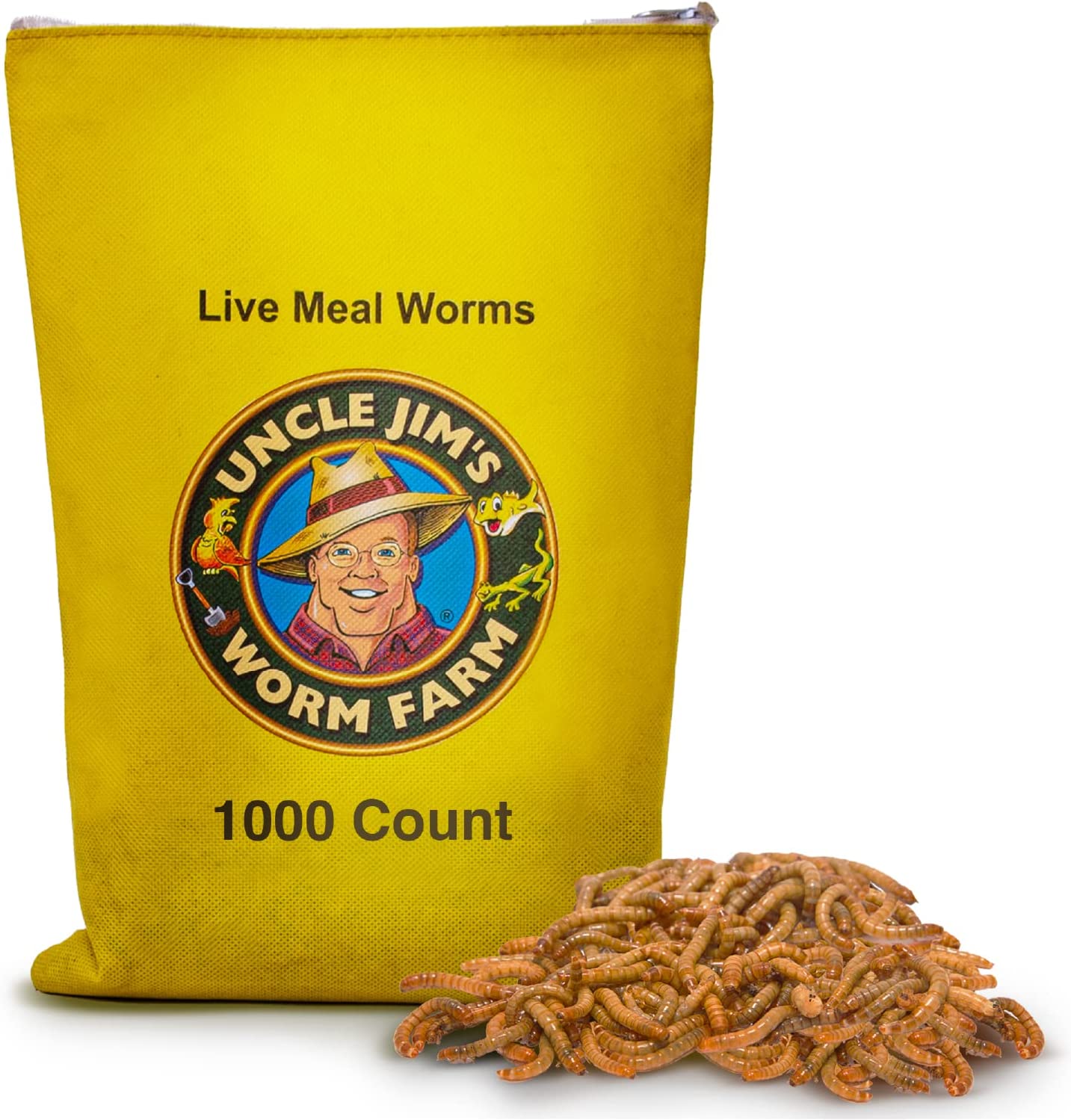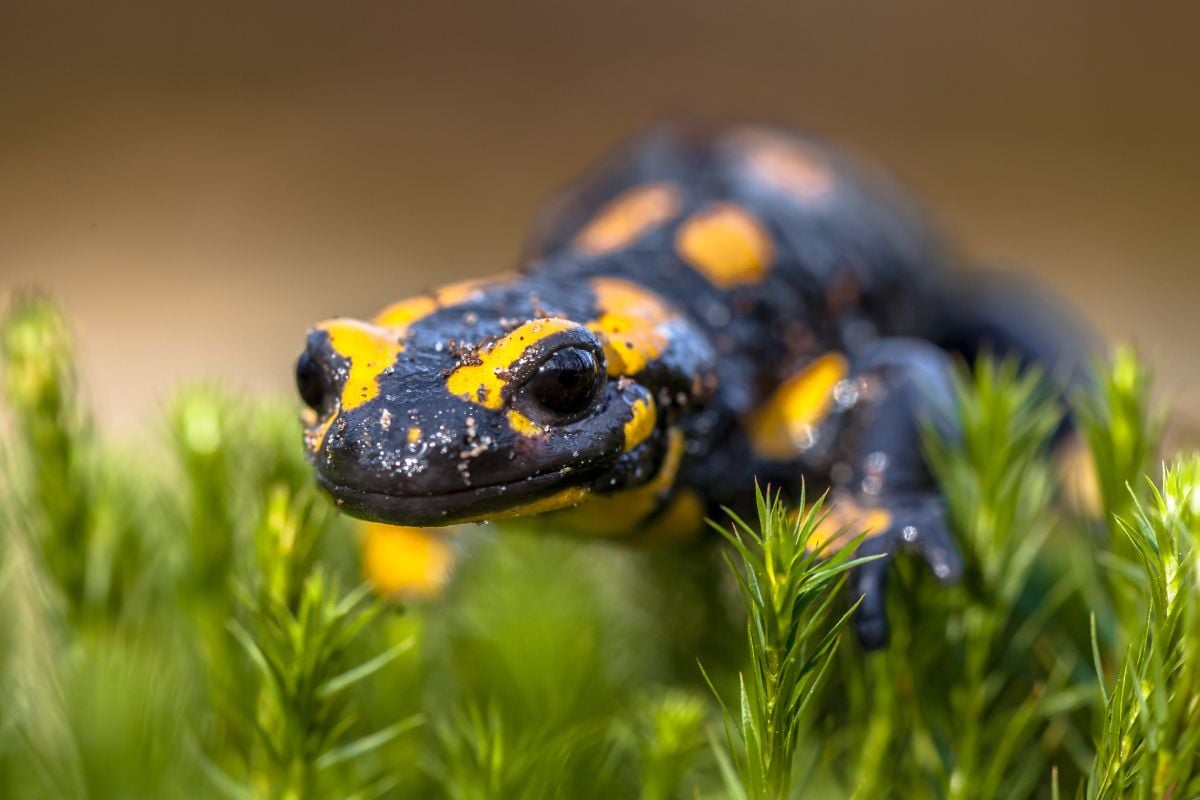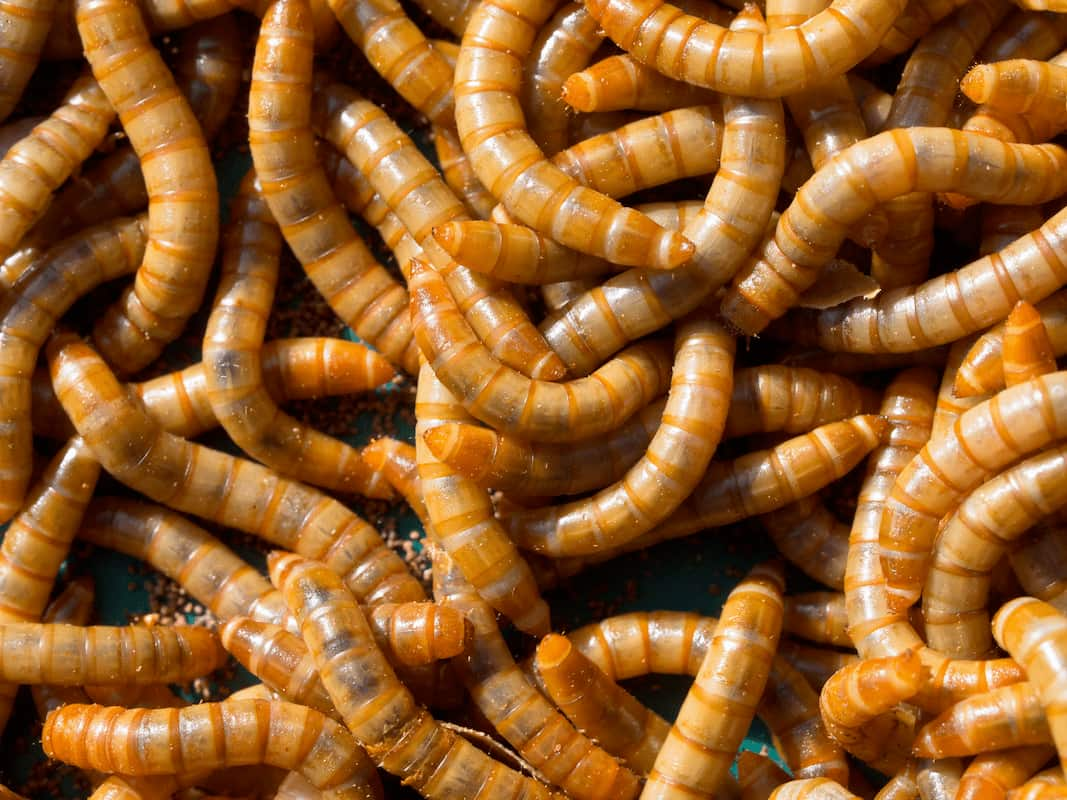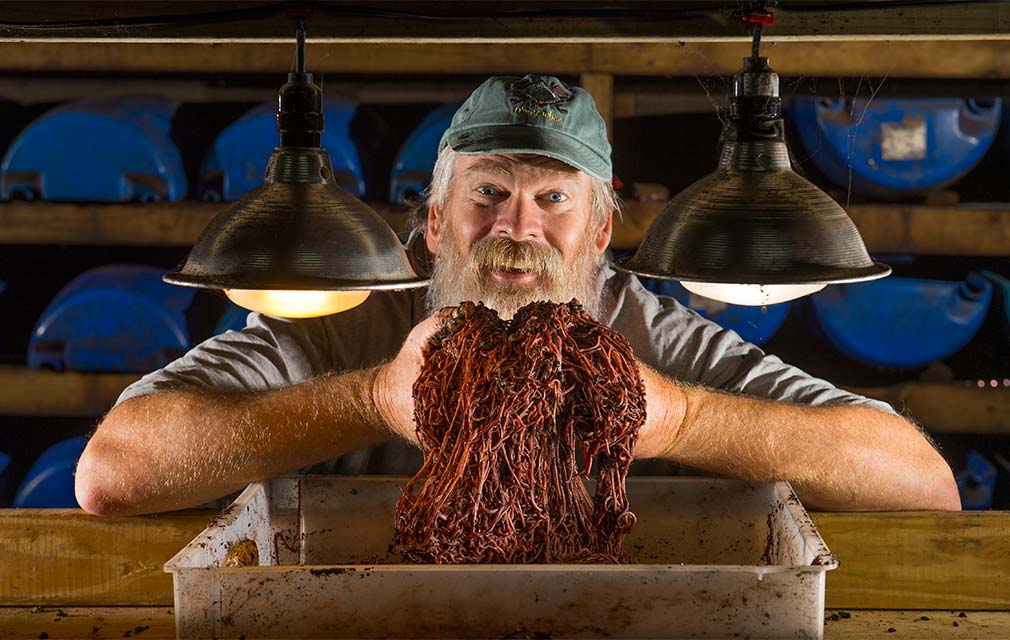Salamanders are fascinating creatures, found in a variety of habitats around the world. As carnivorous animals, their diet is crucial for their health and well-being. For salamander enthusiasts, knowing what these amphibians eat is essential to providing proper care. In this blog, we’ll dive directly into the dietary preferences of salamanders and explain why mealworms are an excellent food choice for these captivating animals.
The Carnivorous Diet of Salamanders
Salamanders are predatory by nature, primarily feeding on a diet rich in protein. In the wild, their diet consists of:
- Insects
- Worms
- Slugs
- Spiders
- Other small invertebrates
The specific diet of a salamander often depends on its species, size, and habitat. However, one food source stands out for its nutritional value and ease of consumption—mealworms.
Why Mealworms Are Good for Salamanders
Mealworms, the larvae of the mealworm beetle, are a highly nutritious food source that can contribute significantly to the health of a salamander. Here’s why mealworms are so beneficial:
- Nutrient-Rich: Mealworms are high in protein, which is essential for the growth and repair of tissues in salamanders. They also provide essential fats, which can be a valuable energy source for these amphibians.
- Easy to Digest: The soft body of mealworms is easy for salamanders to consume and digest, making them an excellent food choice, especially for younger or smaller salamanders.
- Appealing Prey: The movement of mealworms triggers the hunting instincts of salamanders, making mealworms an attractive prey that stimulates the salamander’s natural feeding behaviors.
- Convenient: For salamander owners, mealworms are convenient to purchase, easy to store, and can be kept alive for an extended period, ensuring that the salamanders always have access to fresh food.
- Versatility: Mealworms can be fed to salamanders at various stages of growth, making them a versatile option that can be a staple in their diet throughout their lives.
Incorporating Mealworms into a Salamander’s Diet
When feeding mealworms to salamanders, it’s essential to ensure they are appropriately sized for the salamander. Young or small salamanders may require smaller mealworms or mealworms cut into pieces. It’s also important to provide a varied diet, supplementing mealworms with other suitable food sources to ensure a balanced intake of nutrients.
Mealworms should be offered to salamanders using feeding tweezers or placed in a shallow dish within the enclosure. This allows the salamander to hunt and consume the mealworms in a controlled environment, reducing the risk of substrate ingestion and ensuring the mealworms are eaten while fresh.

Conclusion
Mealworms are more than just a snack; they are an excellent primary food source for salamanders. They meet several nutritional needs, support natural hunting behavior, and are convenient for owners to manage. By incorporating mealworms into your salamander’s diet, you’re ensuring your pet receives the necessary protein and fat essential for their health and vitality.
If you’re a salamander owner or considering becoming one, understanding and utilizing mealworms in the diet of your salamander can lead to a happier, healthier amphibian. So, give mealworms a try, and watch your salamander thrive!








